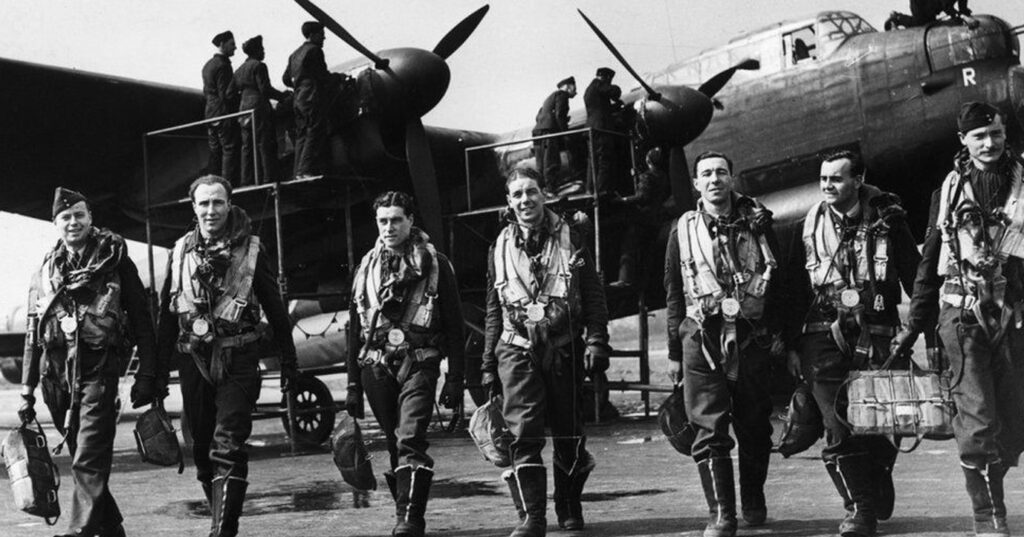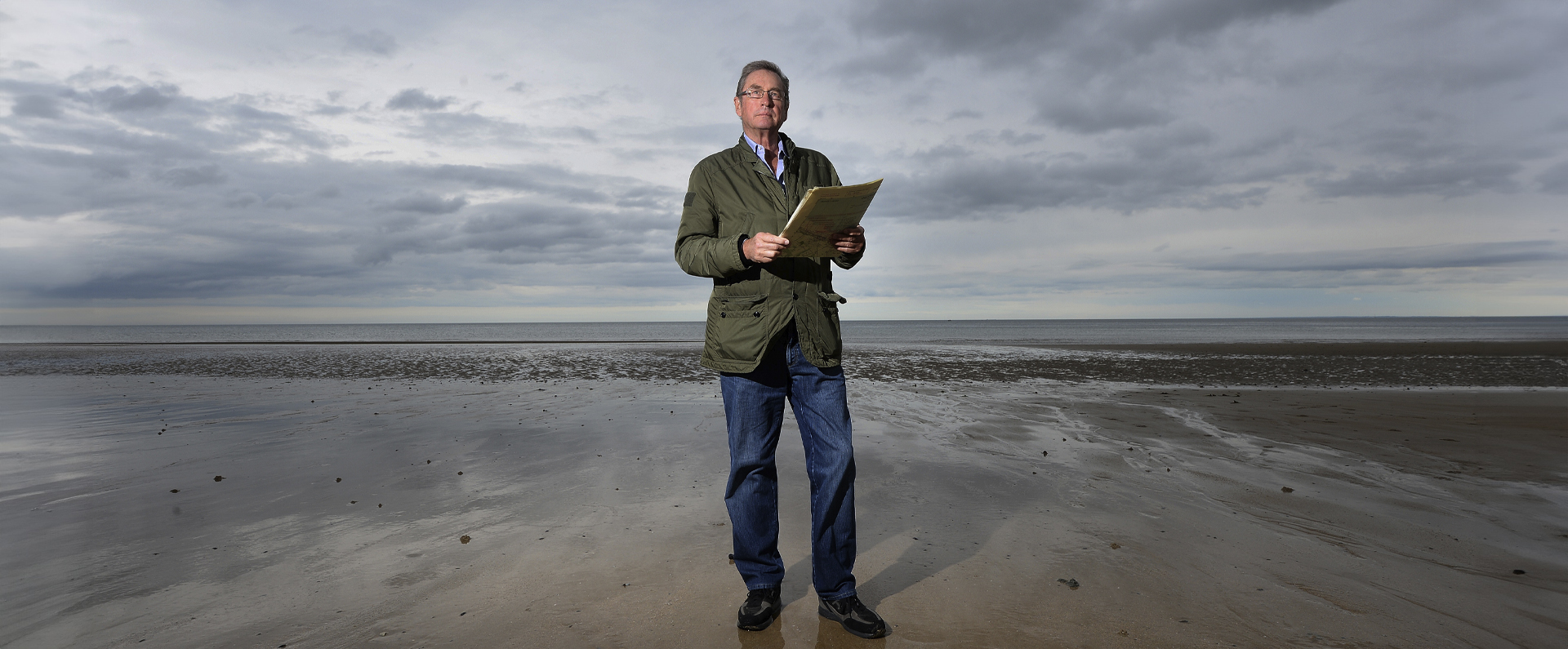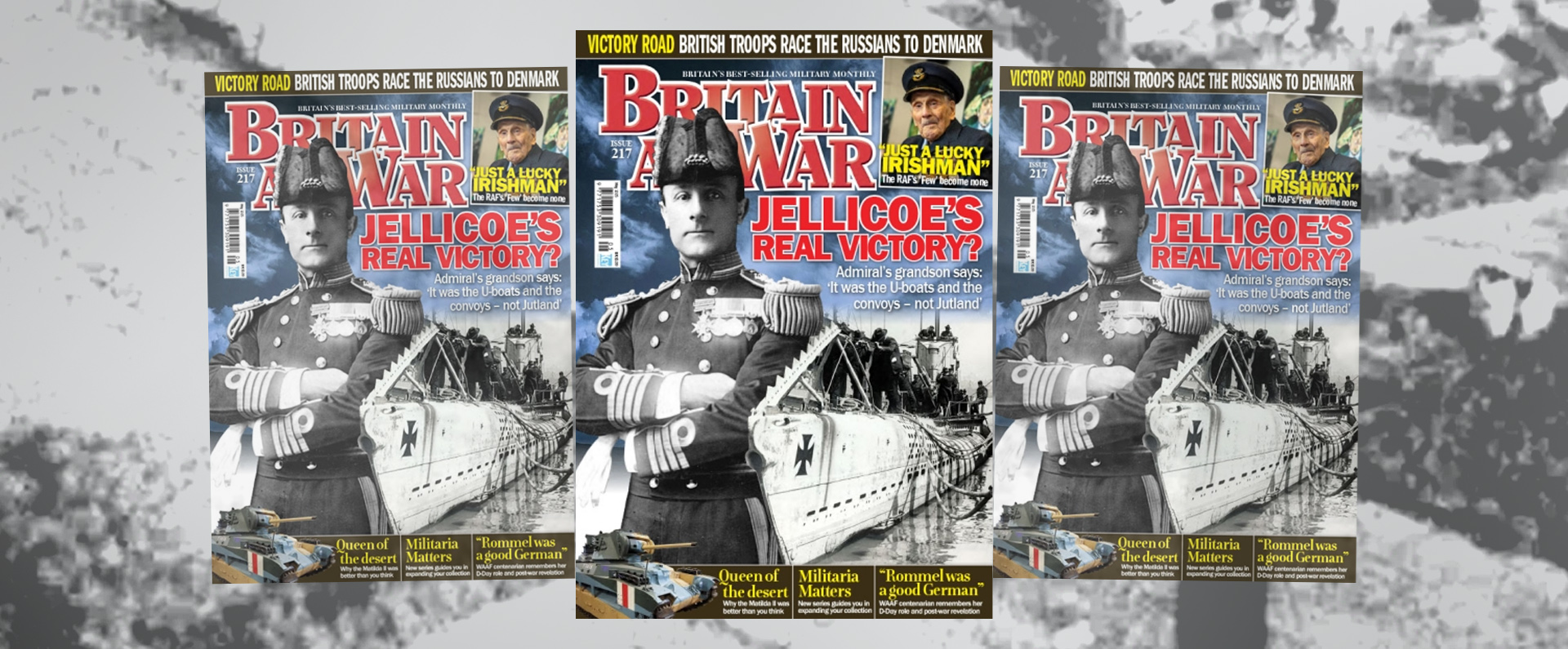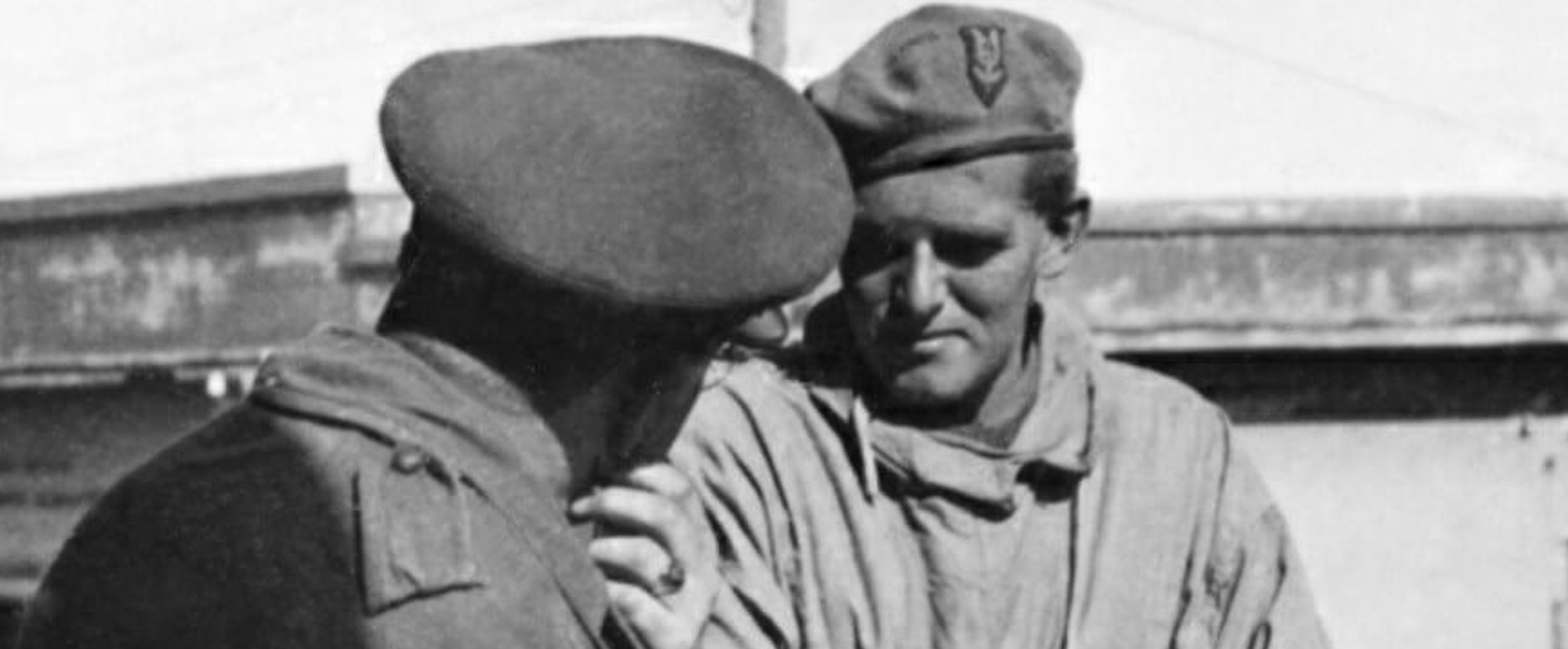
Published in the Daly Telegraph on 07 November 2008.
Warrant Office Norman Cyril Jackson
Wing Commander James Brindley ‘Nick’ Nicolson
Wing Commander Guy Penrose Gibson
Group Captain (Geoffrey) Leonard Cheshire
April 26, 1944 – 20,000 feet above Germany. The Lancaster was returning from a successful bombing mission. But all was not well. An attack by a German fighter aircraft had caused serious damage, and a fire had started on the starboard wing. Home was many miles away.
The Lancaster’s flight engineer, Sergeant Norman Jackson, was wounded in the attack. Yet, he responded to the emergency by volunteering to do something which, quite simply, defies belief.
It was bitterly cold outside the aircraft, and the Lancaster was flying at 200mph. In a remarkable act of courage, Jackson attempted to do something extraordinary, even though he knew he could never retrace his steps. He clambered out of the cockpit, and crawled along the top of the fuselage with a fire extinguisher stuffed into his Mae West, intent on putting out the flames threatening the lives of all aboard.
As if Sergeant Jackson did not have enough on his plate, his parachute pack had come open, the contents spilling out into the cockpit. Other members of the crew gathered the parachute together, and paid it out as Jackson, undeterred, made his perilous way towards the wing.
In a heart-stopping moment he slipped and fell down the side of the fuselage towards the burning wing. He managed to grasp an air intake on the leading edge of the wing and somehow clung on.
Jackson was then engulfed by flames. He was swept over the wing, and plummeted to earth, dragging his burning parachute behind him. Miraculously, it managed to reduce the speed of his fall and Jackson survived. For his endeavours that night, he received the Victoria Cross.
After Norman Jackson’s death, his medals were sold at auction, and his VC forms part of the Ashcroft Collection, one of three Bomber Command VCs in the trust’s possession. We need little reminding of the Battle of Britain, nor of the importance to Britain of “The Few”. But bear in mind that, during the whole of the Battle of Britain, just one VC was awarded – to Flight-Lieutenant J B Nicholson.
In contrast, no fewer than 19 VCs were awarded during the Second World War to Bomber Command. Arguably the most famous of all time is Wing Commander Guy Gibson. He had been selected to command 617 Squadron, the “Dambusters”. which was formed for special operations, one of which was the successful attacks on the Moehne and Eder dams. We remember the destruction of those dams, but we must not forget that 53 crew members died that night.
Gibson became a national hero, and was sent on a lecture tour of the United States. This was at a time when the first US airmen were returning home, having completed the arduous task of 25 missions. One of the first questions Gibson was asked was: “How many missions have you flown over Germany?” The answer: “174.”
Gibson’s successor at 617 Squadron would also receive the VC, but it was for his post war actions that Group Captain Leonard Cheshire VC is better known. After 100 operations against the enemy, Cheshire devoted the rest of his life to helping fellow men in ill-health or distress.
In addition to the heroes whom we remember, there are legions we are in danger of forgetting. All the nameless men who flew on missions over Nazi Germany and Occupied Europe knew the odds were often stacked against them. No fewer than 55,753 were killed.
The Battle of Britain has a permanent memorial in London, as it should. But the fact that Britain does not have a permanent memorial to Bomber Command is little short of shameful. I congratulate The Daily Telegraph for promoting such an important cause and I am proud to support it.
Download a PDF of the Daily Telegraph article
For more information, visit:
LordAshcroftOnBravery.com


